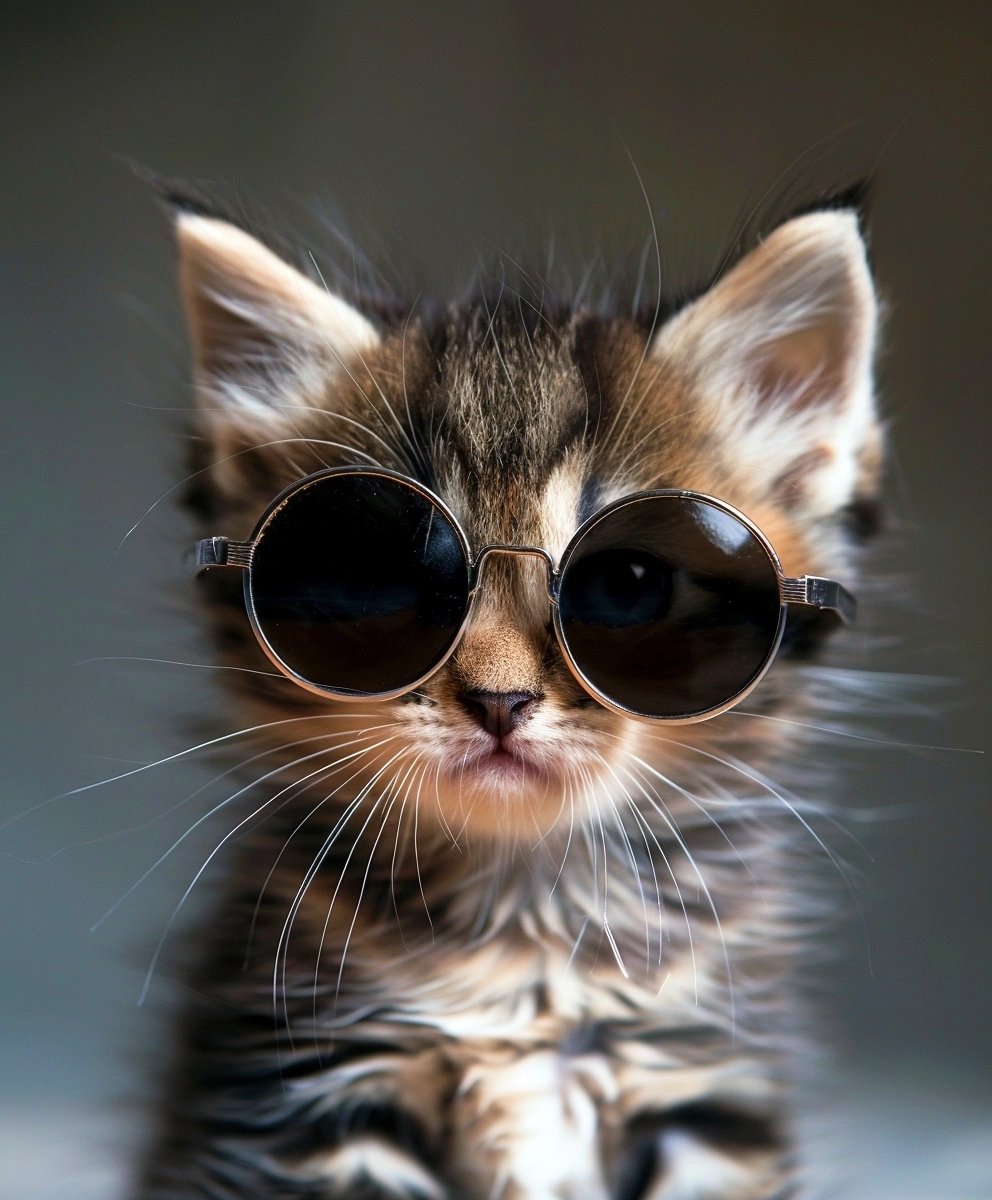In clinical practice and everyday life, visual stimuli play a profound role in regulating mood, reducing stress, and fostering emotional well‑being.
Animal photographs—in particular—offer an accessible, low‑cost modality for comfort and psychological restoration.
Below, we explore nine premier sources of free animal imagery, each accompanied by an evidence‑informed rationale for their therapeutic utility.
All collections are licensed for personal and commercial use under Creative Commons Zero (CC0) or equivalent terms, but please verify individual site policies before application.
1. Pexels
Pexels curates over 200,000 high‑resolution animal photographs.
Viewers can harness these images to evoke parasympathetic activation—lowering heart rate and cortisol—by simply observing serene scenes of wildlife or companion animals.
Regular exposure to such imagery can complement mindfulness and guided imagery interventions.
- Why it’s comforting: Naturalistic compositions (e.g., a deer in mist) promote attentional restoration and emotional calm.
- Clinical tip: Pair a 2‑minute slideshow of “cute puppies” before a stressful task to facilitate affective regulation.
2. Pixabay
Pixabay hosts over 300,000 photos, vectors, and illustrations of animals.
The variety of media formats allows therapists and educators to integrate both realistic and stylized depictions into digital resources for clients, aiding in cognitive reframing exercises.
- Why it’s comforting: Vector art of animals can soften emotional intensity, offering a sense of safety and predictability.
- Clinical tip: Use illustrated bird imagery during relaxation training to symbolize freedom and uplift mood.
3. Unsplash
Unsplash provides artistically composed animal photos that emphasize texture, light, and form.
Such aesthetic qualities can enhance clients’ engagement with visual interventions, supporting therapeutic rapport and intrinsic motivation.
- Why it’s comforting: High‑contrast, soulful portraits of animals (e.g., close‑up of an owl) can evoke empathy and social connectedness.
- Clinical tip: Introduce a “Daily Animal Reflection” slideshow sourced from their curated Collections to foster positive affect.
4. SuchCats
SuchCats specializes in over 1,000 royalty‑free cat images.
The familiarity and domestication of cats confer particular comforting associations—useful in interventions targeting loneliness or social isolation.
- Why it’s comforting: Playful kitten behavior can trigger oxytocin release through mirror‑neuron activation.
- Clinical tip: Employ a brief “kitten break” during virtual therapy sessions to reset emotional arousal.
5. Stockvault
Stockvault offers a broad spectrum of animal imagery—from insects to exotic wildlife—ideal for exposure interventions or psychoeducation about biodiversity and ecological connectedness.
- Why it’s comforting: Viewing a rich tapestry of species can foster awe and expand perspectives beyond personal concerns.
- Clinical tip: Use “bug” or “butterfly” galleries to illustrate metamorphosis in growth‑oriented therapy.
6. We Animals
We Animals presents photojournalistic animal photos and videos that foreground real‑world contexts such as rescue and conservation.
These narratives can enhance meaning‑making processes in narrative therapy.
- Why it’s comforting: Story‑driven imagery evokes compassion and purpose, counteracting feelings of helplessness.
- Clinical tip: Incorporate a visual “rescue story” slideshow to inspire agency and hope in clients facing adversity.
7. Libreshot
Libreshot features authentic, personal photographs by Martin Vorel, focusing on pets and farm animals.
The unpolished aesthetic bolsters perceptions of genuineness and relational warmth.
- Why it’s comforting: Candid snapshots simulate real‑life interactions, promoting feelings of social support.
- Clinical tip: Use a “farm animal” montage to elicit narratives about childhood or simpler times in psychodynamic work.
8. StockSnap
StockSnap curates CC0‑licensed images that range from whimsical pet antics to majestic wildlife.
The absence of copyright concerns makes it seamless to integrate into institutional presentations and client handouts.
- Why it’s comforting: Lighthearted images (e.g., a dog mid‑leap) can induce laughter and physiological relaxation.
- Clinical tip: Introduce a “mood booster” slide deck of trending animal images at the start of group therapy.
9. Burst by Shopify
Burst delivers a “virtual zoo” of royalty‑free photos curated for entrepreneurs.
Their clear, vibrant imagery is equally well‑suited to psychoeducational materials and self‑help resources.
- Why it’s comforting: Bright, high‑clarity images support attentional focus and positive affect.
- Clinical tip: Use a “business case study” of animal‑themed marketing to explore symbolism and personal meaning in CBT worksheets.
Psychological Guidelines for Using Animal Images
- Facilitate Relaxation: Incorporate 2–5 minute image exposure breaks within sessions to activate parasympathetic responses.
- Enhance Mood: Select images that align with the client’s preferences (e.g., domestic pets vs. wild animals) to maximize positive valence.
- Support Narrative Work: Use animal stories and visuals as metaphors for personal growth, resilience, or transformation.
- Stimulate Social Connection: Choose images depicting animal companionship to cultivate feelings of belonging and warmth.
- Ensure Ethical Use: Always verify licensing terms and consider optional attribution to honor creators’ contributions.
Why Animal Images Are Therapeutically Effective
Decades of research in environmental and health psychology demonstrate that biophilic stimuli—especially animals—invoke positive emotional responses, reduce perceived stress, and improve cognitive performance.
Whether deployed in individual therapy, psychoeducational workshops, or digital self‑help platforms, free animal imagery provides a scalable, evidence‑based tool for promoting emotional resilience and psychological well‑being.
Disclaimer: While animal imagery can support mental health, it is not a substitute for professional therapy when needed.
Always integrate visual interventions within a broader therapeutic framework and adhere to each site’s licensing policies.

